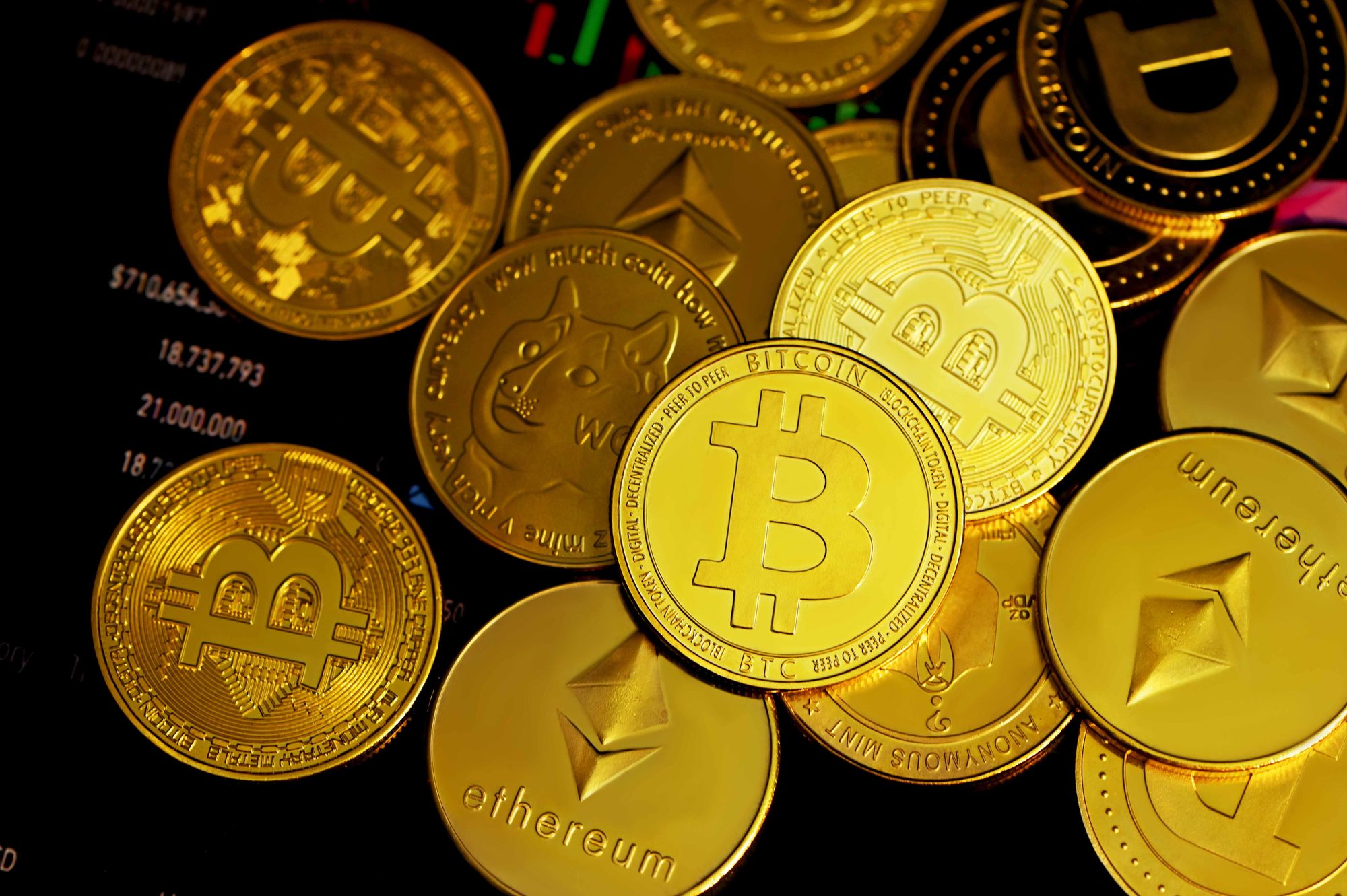What Is Circulating Supply in Crypto?
The circulating supply refers to the number of coins or tokens of a particular cryptocurrency currently available to the public and actively in circulation.

Table of Contents
- What Is Circulating Supply in Crypto?
- Why Does Circulating Supply Matter?
- Can the Circulating Supply of a Cryptocurrency Change?
- How Does Crypto Mining Affect the Circulating Supply?
- How Does Cryptocurrency Burning Affect the Circulating Supply?
When choosing a cryptocurrency to trade, invest or add to your portfolio, several things have to be considered, such as the coin or token's price history, tokenomics, and the technology behind it.
One core feature you should consider is the circulating supply. This article will explain what circulating supply in crypto means and why it matters.
What Is Circulating Supply in Crypto?
The circulating supply refers to the number of coins or tokens of a particular cryptocurrency currently available to the public and actively in circulation. These are the coins that can be bought, sold, or used for transactions.
It's important to note that the circulating supply should not be confused with the total supply.
The total supply represents the overall quantity of coins that are currently in existence for a particular cryptocurrency. It includes the coins that have already been issued or created minus any coins that have been burned.
In other words, the total supply is the sum of the circulating supply and the coins that are locked up, for example, those coins that are staked or held by the project team.

Why Does Circulating Supply Matter?
The circulating supply of a cryptocurrency is often used to calculate its market capitalisation.
Market cap is determined by multiplying the current market price of a single coin by the total number of coins in circulation.
For example, if a cryptocurrency has a circulating supply of 2,000,000 coins and each coin is being traded at $10.00, the market cap would amount to $20,000,000
Bitcoin, for example, is the biggest coin by market capitalisation, followed by Ethereum (ETH), Tether (USDT), BNB and USD Coin (USDC).
Can the Circulating Supply of a Cryptocurrency Change?
The circulating supply of a cryptocurrency is not always fixed and can vary depending on the specific coin or token in question.
Some cryptocurrencies have a maximum supply, meaning there is a predetermined limit to the number of coins that will ever exist. Bitcoin is an example of such a cryptocurrency.
Currently, the maximum supply of Bitcoin is set at 21 million coins. Once all 21 million coins have been mined, the circulating supply will become fixed, as no new coins will be generated. Therefore, in this case, the circulating supply will eventually reach a point of stability.
However, it's important to note that not all cryptocurrencies follow this fixed supply model. Ethereum, for instance, does not have a predetermined maximum supply. Instead, it utilises a different issuance mechanism called the Ethereum Improvement Proposal 1559 (EIP-1559).
With this model, the circulating supply of Ethereum can vary as new coins are minted through the mining process, and the network's inflation rate is adjusted. Consequently, the circulating supply of Ethereum will continue to change over time, barring any major updates or changes to the protocol.
It's worth noting that other factors can still affect the circulating supply, even for cryptocurrencies with a fixed maximum supply. Coins may be lost, burnt or staked, reducing the number actually in circulation.
How Does Crypto Mining Affect the Circulating Supply?
Mining or minting new coins is a process by which the circulating supply of a cryptocurrency can be increased.
Here's an explanation of how it works:
- Miners play a crucial role in processing transactions within a cryptocurrency network. They verify and group transactions into blocks.
- These blocks serve as the building blocks of the blockchain, which is a decentralised ledger that records all transactions. Miners compete to solve complex mathematical problems to validate and secure these blocks.
- They contribute their computing power, time, and electricity to the network, and in return, they are rewarded with newly minted cryptocurrency tokens. These tokens are usually a portion of the transaction fees associated with the processed transactions, as well as a predetermined amount of freshly minted coins. The specific reward structure depends on the consensus mechanism utilised by the cryptocurrency network.
For instance, let's consider Bitcoin. Miners in the Bitcoin network process BTC transactions, group them into blocks, and, as a reward, receive new BTC. These newly minted coins were previously part of the maximum supply but were not yet in circulation. Through the process of mining, these coins enter the circulating supply.
To ensure the ongoing processing of transactions and to control the rate at which new coins are introduced, Bitcoin's creator, Satoshi Nakamoto, implemented a mechanism called "halving."
Halving reduces the reward given to miners by half at certain predetermined intervals, ultimately leading to a fixed supply of 21 million BTC when all coins have been mined.
When Bitcoin first launched, miners received 50 BTC per block. After 210,000 blocks were mined, the amount was halved to 25 BTC. After another 210,000 blocks, it was halved again to 12.75 BTC per block, then again to 6.25.
On April 19, 2024, the reward for Bitcoin miners was reduced by half, from 6.25 BTC to 3.125 BTC per mined block.
The halving will continue in the future, and rewards will get smaller. Hopefully, by then, Bitcoin's price will be high enough so even small amounts of BTC will offer sizable benefits to miners.
How Does Cryptocurrency Burning Affect the Circulating Supply?
Cryptocurrency burning refers to permanently removing a certain amount of tokens or coins from circulation by sending them to a specific wallet address that cannot be accessed or used for transactions.
This reduces the cryptocurrency's total supply (and, by extension, the circulating supply ), effectively "burning" or making the tokens unusable.
Burning is an efficient way to manage the supply of crypto tokens like ETH and BNB with excessive or unlimited maximum supply.
To Round Up
As we mentioned earlier, the circulating supply of a cryptocurrency is an essential factor to consider when investing in crypto.
It helps you predict how the coin might perform and is helpful for technical analysis.
Disclaimer: This article was written by the writer to provide guidance and understanding of cryptocurrency trading. It is not an exhaustive article and should not be taken as financial advice. Obiex will not be held liable for your investment decisions.
